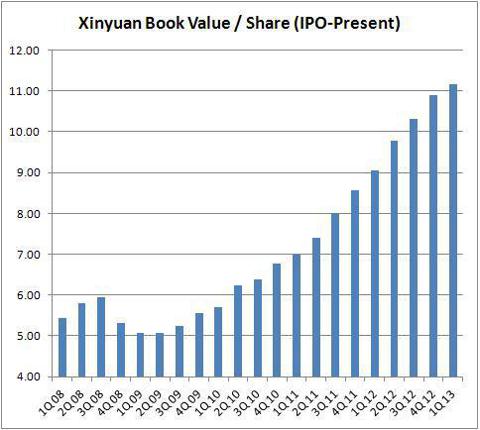Joe Kelso and John Winter probably waited too long. The couple has been together for a dozen years but only got serious recently about buying a house in San Francisco.
They saved enough to be able to afford anything under $500,000, but houses at such prices are now few and far between.
This spring, the median home price in San Francisco topped $1 million, up by a third from last year.
There are still houses listed for under $400,000, but that’s just to get the bidding going. Those types of properties will sell for more than $500,000, while still requiring maybe $100,000 worth of work.

Alan Greenblatt/NPR
“By the time we made our first offer in February, prices had shot up $100,000 to $150,000,” Winter says. Since then, they’ve been outbid seven more times.
Their experience has become typical. With San Francisco drawing both employees and tech companies from Silicon Valley, houses have become an unaffordable luxury for people in the middle class and even the very highly paid.
It’s changing a city historically known as friendly to outsiders wanting to pursue alternative lifestyles. That’s harder to do in an environment where brokers speak blithely of $600,000 and $700,000 “starter homes.”
With people unable to afford San Francisco, prices are jumping in neighboring cities such as Oakland as well.
“Buyers are facing frustration,” says Colleen McFerrin, a real estate agent. “Prices are going up and when they lose one or two [houses] they begin to panic.”
Higher Costs All Around
San Francisco has long attracted waves of people seeking a pleasant, progressive life — immigrants and hippies, gays and beatniks.
Jorge Cino, an aspiring fiction writer, was drawn all the way from Argentina. “I loved the city and I did love its bohemian, reckless culture,” he says.
With Home Prices Soaring, Has Success Spoiled San Francisco? : NPR.



